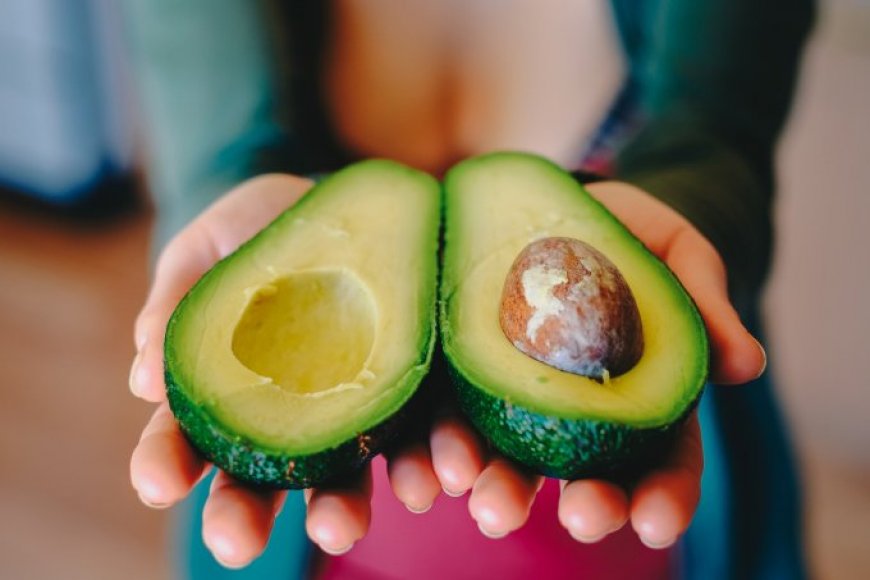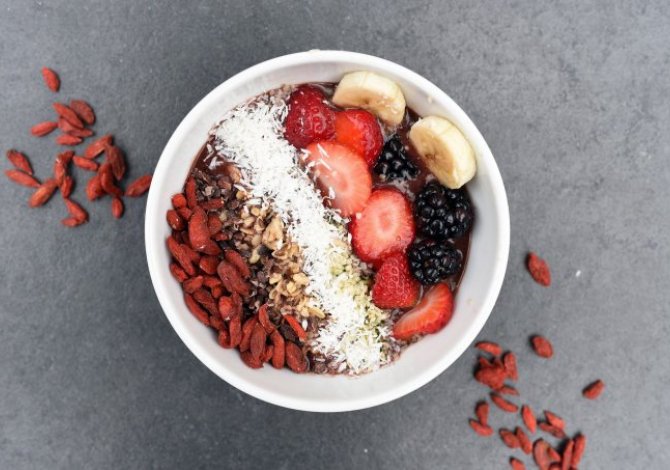A healthy lifestyle requires many decisions. This includes choosing a balanced diet or healthy eating plan. So how do you choose a healthy eating plan? Let's start by defining what a healthy eating plan is.
According to the 2015-2020 Dietary Guidelines for Americans, a healthy eating plan:
- Emphasizes fruits, vegetables, whole grains, and fat-free or low-fat milk and dairy products
- Includes lean meat, poultry, fish, beans, eggs and nuts
- Is low in saturated fat, trans fat, cholesterol, salt (sodium) and added sugar.
- Stays within your daily calorie needs
Eat healthy and enjoy it!
A healthy diet plan to help you control your weight includes a variety of foods you may not have considered. If "healthy eating" makes you think about foods you can't have, try focusing on all the new foods you can eat.
- Fresh, frozen or canned fruit - don't just think about apples or bananas. Any fresh, frozen or canned fruit is a good choice. You should also try some "exotic" fruits. How about a mango? Or a juicy pineapple or kiwi! If your favorite fresh fruit is out of season, try frozen, canned or dried varieties of fresh fruit that you like. A warning with canned fruit is that it may contain added sugar or syrup. Pay attention to this and choose canned fruit packed in water or its own juice.
- Fresh, frozen or canned vegetables - try something new. You may find that you love vegetables grilled or steamed with an herb you haven't tried before, like rosemary. You can sauté vegetables in a non-stick pan with a little cooking spray (pan frying). Or try frozen or preserved vegetables for a quick side dish - just pop them in the microwave and serve. When tasting canned vegetables, look for vegetables without added salt, butter or cream sauce. Commit to going to the fruit and vegetable department and trying a new vegetable each week.
- Calcium-rich foods - You may automatically think of a glass of low-fat or fat-free milk when someone says "eat more dairy products." What about low-fat and fat-free yogurts with no added sugar? They come in a variety of flavors and can be a great dessert replacement for those with a sweet tooth.
- Anew twist on an old favorite - If your favorite recipe involves fried fish or baked chicken, try healthier variations by baking or grilling. You can even try a recipe that uses dry beans instead of higher fat meat. Ask around or search the internet and magazines for recipes with fewer calories - you might be surprised if you have a new favorite dish!
Do I have to do without my favorite food?
No! Healthy eating is all about balance. You can enjoy your favorite foods even if they are high in calories, fat, or added sugar. The key is to only eat them once in a while and balance them with healthier foods and more physical activity.
Find out also why a proper diet is so important in preventing various diseases! Read more on legendysmaku.pl >>
Some general comfort food tips:
- Eat them less often. If you normally eat these foods daily, reduce them to once a week or once a month. You'll reduce your calories because you can't eat as much.
- Eat smaller amounts. If your favorite high-calorie food is a chocolate bar, take a smaller size or just half a bar.
- Try a low-calorie version. Use low-calorie ingredients or prepare your food differently. For example, if your macaroni cheese recipe uses whole milk, butter and full-fat cheese, try making it from scratch with fat-free milk, less butter, light cream cheese, fresh spinach and tomatoes. Just be sure not to increase your portion size. For more ideas on how to save calories, see: Eat more, weigh less and eat less.
With these tips, you can incorporate almost any food into your healthy eating plan and still lose weight or maintain a healthy weight.

















Comments (0)